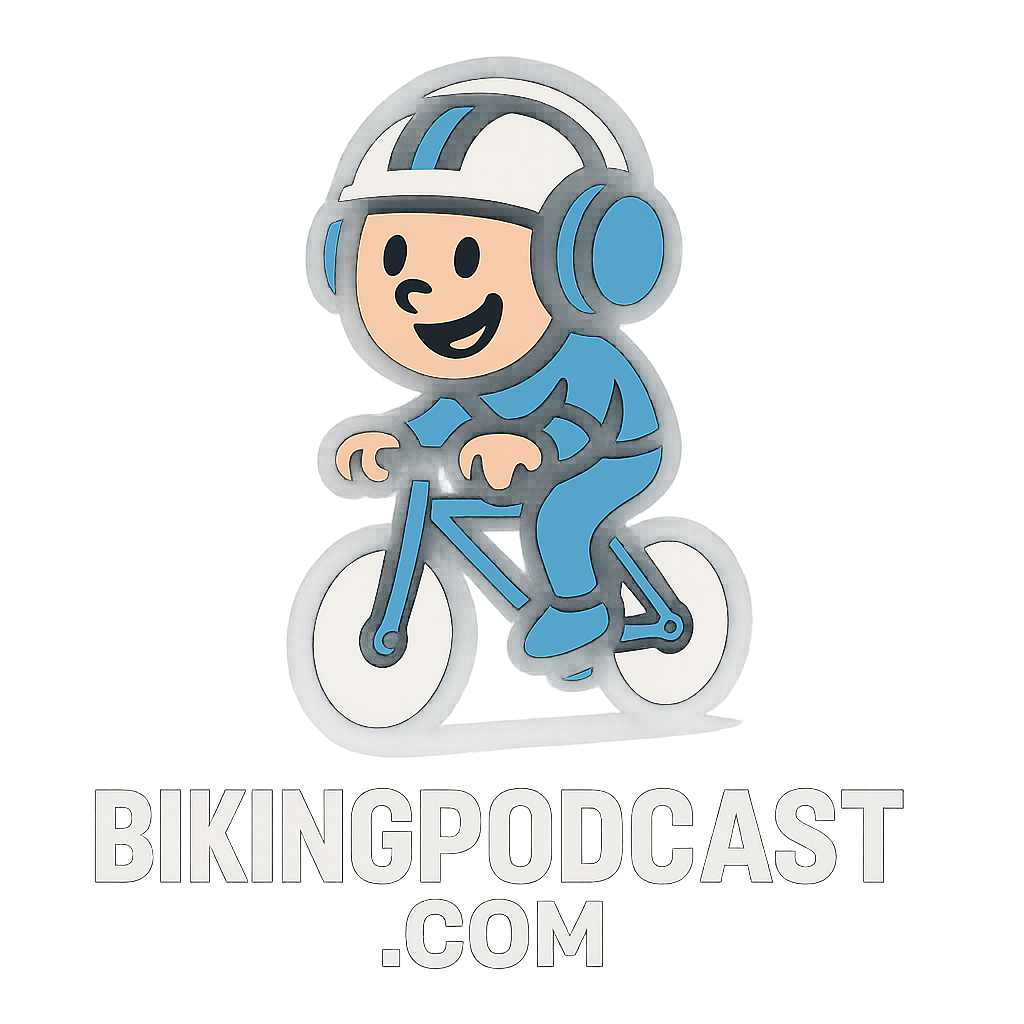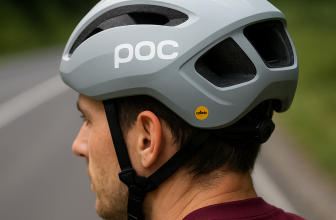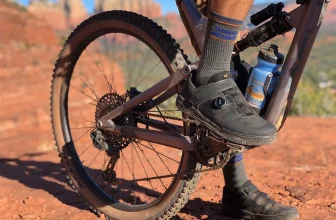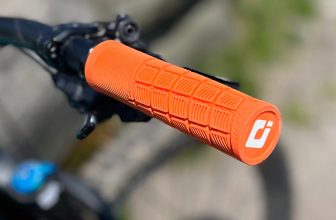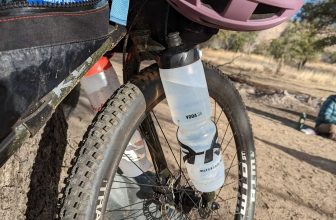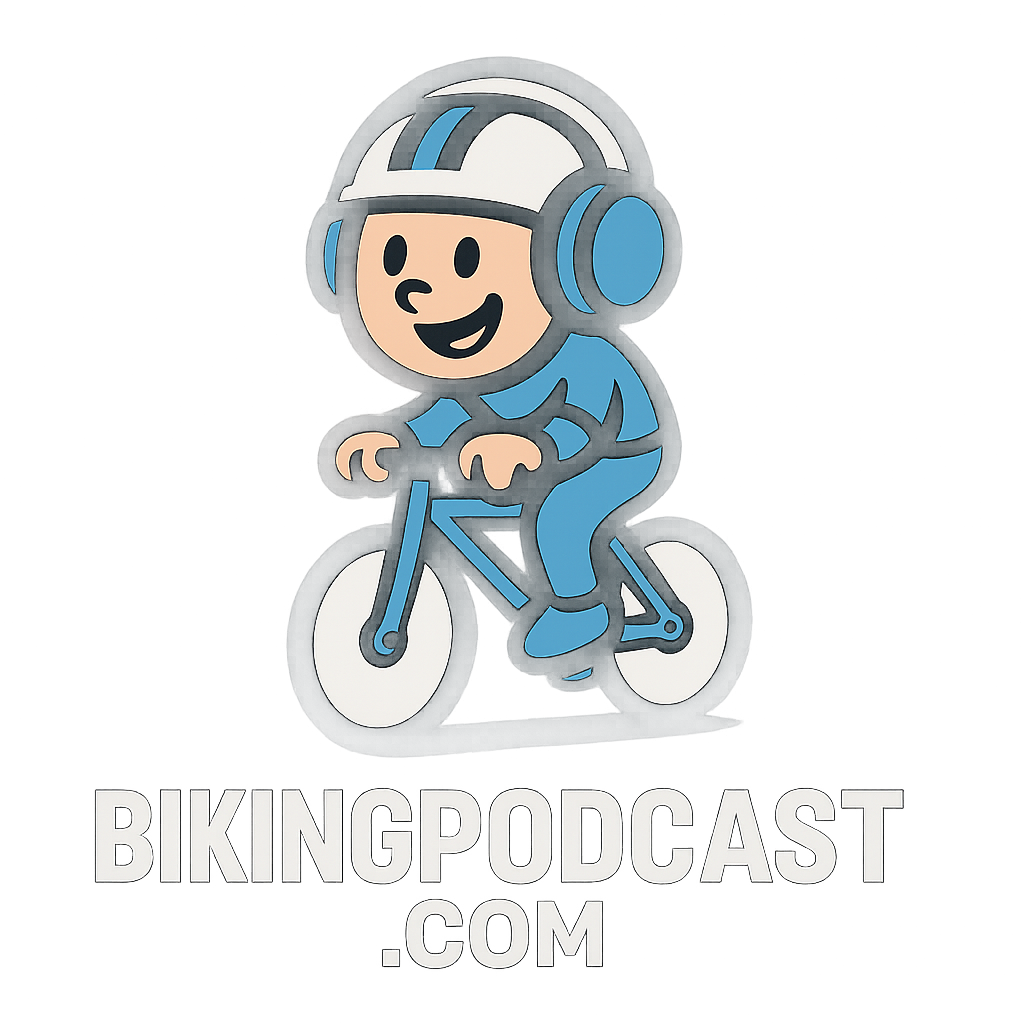Top 5 Bike Computers: Pros and Cons
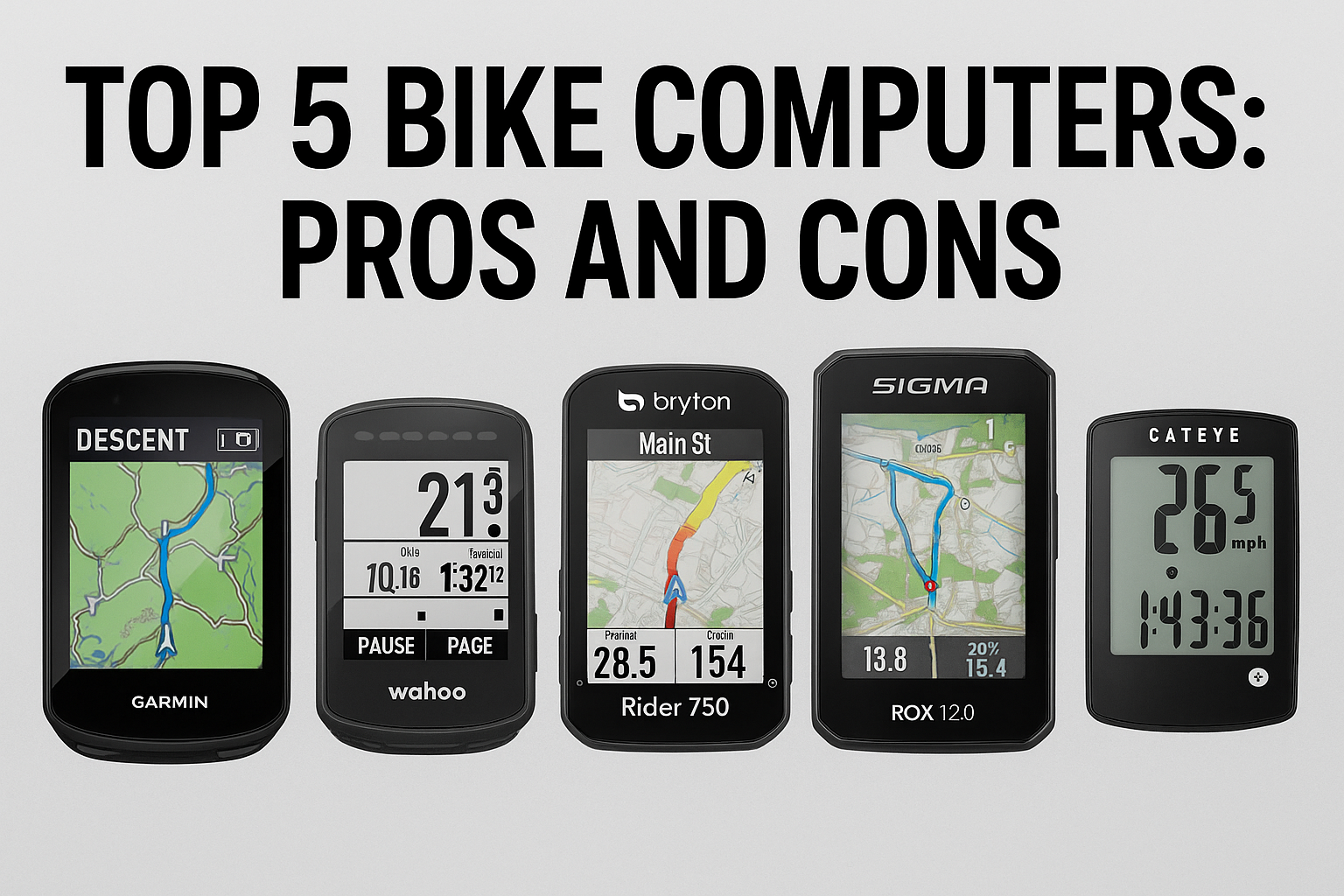
Bike computers have become essential for cyclists who want to track performance, monitor routes, and enhance their riding experience. With so many options available, choosing the right one can be overwhelming. Here’s a look at five popular bike computers and their pros and cons.
1. Garmin Edge 840

The Garmin Edge 830 is a high-end GPS bike computer designed for serious cyclists who want in-depth performance analytics. Its touchscreen display is vibrant and easy to read, showing speed, cadence, heart rate, elevation, and much more. With turn-by-turn navigation and live tracking, riders can confidently explore new routes without worrying about getting lost. Its advanced training features, such as VO2 max estimation and recovery time suggestions, make it ideal for athletes focused on improving performance.
DISCLAIMER
Rest assured, this comes at no additional cost to you. Our primary goal is to provide valuable, unbiased information about camping and outdoor gear. These affiliate partnerships help us sustain our website and continue producing high-quality content.
Pros:
- Advanced GPS with accurate mapping
- Touchscreen interface with customizable data fields
- Comprehensive performance metrics (VO2 max, training load, recovery)
- Compatible with Strava and other fitness apps
Cons:
- Expensive compared to entry-level models
- Battery life (up to 20 hours) may not be enough for ultra-distance rides
- Touchscreen can be less responsive in rain or with gloves
To buy this product, click here.
2. Wahoo ELEMNT Bolt

The Wahoo ELEMNT Bolt is perfect for cyclists who value simplicity and aerodynamic design. Its sleek, lightweight shape reduces drag, making it a favorite among road racers. Unlike touchscreen devices, it uses physical buttons for navigation, which is reliable in all weather conditions. Pairing with your smartphone is quick and easy, and the Bolt seamlessly syncs with popular apps to track your rides and share data.
Pros:
- Aerodynamic and lightweight design
- Easy setup with smartphone app
- Excellent battery life (up to 15 hours)
- Reliable GPS and wireless connectivity
Cons:
- Screen is not touchscreen; navigation relies on buttons
- Limited advanced metrics compared to Garmin Edge
- Slightly bulky mount for some handlebars
To buy this product, click here.
3. Unisex Bryton Rider 420e Rider 750

The Unisex Bryton Rider 420e Rider 750 is an affordable GPS bike computer with surprisingly rich features. Its large touchscreen makes reading data easy, and it supports both ANT+ and Bluetooth sensors, allowing connection to heart rate monitors, power meters, and cadence sensors. Preloaded global maps let riders explore new areas confidently, while its smart notifications keep you connected on the go. This model is great for those who want a balance between price and functionality.
Pros:
- Affordable for its feature set
- Large, bright touchscreen
- Supports ANT+ and Bluetooth sensors
- Preloaded global maps for navigation
Cons:
- User interface can be confusing initially
- Mapping is not as detailed as Garmin
- Occasional GPS glitches reported
To buy this product, click here.
4. Sigma ROX 12.0

The Sigma ROX 12.0 offers a premium feel with a high-resolution color display and detailed navigation. It’s perfect for riders who love exploring new trails and need precise route guidance. With long battery life and a solid build, it can handle long rides and challenging conditions. While its integration with third-party apps is limited, it covers all essential metrics for speed, distance, and elevation.
Pros:
- High-resolution color display
- Detailed navigation with route planning
- Long battery life (up to 16 hours)
- Good value for the features
Cons:
- Slightly heavier than competitors
- Limited third-party app integration
- Software updates can be slow
To buy this product, click here.
5. CATEYE Padrone Plus

The CATEYE Padrone Plus is a compact and lightweight option for casual riders or commuters. Its simplicity is its strength: it provides key metrics like speed, distance, and cadence, while connecting to your smartphone for GPS tracking and notifications. Its small size makes it easy to install on any handlebar, and its clear display ensures quick readability. While it doesn’t have advanced performance metrics, it’s ideal for those who want a straightforward and reliable bike computer.
Pros:
- Compact and lightweight design
- Simple interface, easy to read at a glance
- Affordable compared to premium models
- Connects to smartphone via Bluetooth for notifications
Cons:
- Minimal advanced metrics; mainly speed, distance, cadence
- No built-in GPS; relies on phone for tracking
- Screen can be difficult to see in bright sunlight
To buy this product, click here.
Conclusion:
Choosing the right bike computer depends on your priorities. Serious cyclists seeking detailed performance analysis will benefit from Garmin Edge 830 or Wahoo ELEMNT Bolt, while casual riders and commuters may find Bryton Rider 750 or Cateye Padrone Smart+ more suitable. Battery life, GPS accuracy, and sensor compatibility should always guide your decision.
